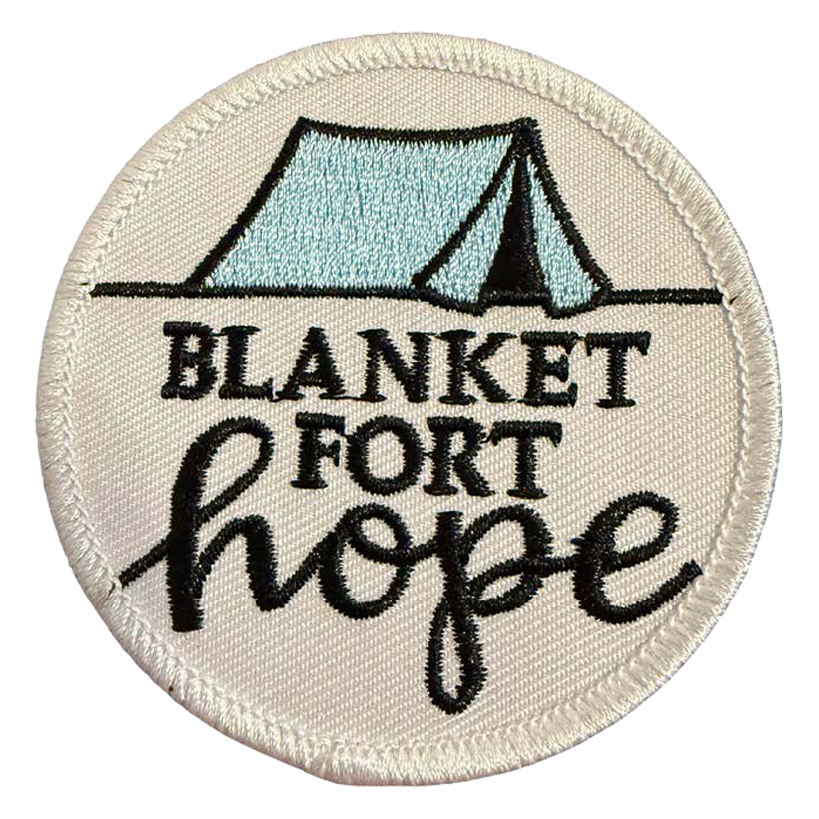Report Potential Child Human Trafficking Activity
If you are concerned that you may have found out about potential child trafficking activity or witnessed situations that include trafficking common risk factors, please report it to The National Center for Missing & Exploited Children.
School Tools
Trafficking Assessment Tool
This tool is designed to help educators identify the common risk factors and indicators of child human trafficking and to offer guidelines on how to respond and access resources for assistance.
School Counselor Trafficking Fact Sheet
A list of common risk factors and warning signs to look for in their students. This info sheet also includes guidance on the next steps a school counselor can take if they suspect trafficking activity.
Human Trafficking in American Schools
School personnel are uniquely well positioned to identify and report suspected abuse and connect students to services. This resource is specifically written to teach school staff about child human trafficking, what to do and how to be an advocate for child victims.
Stop Sexual Exploitation
This resource created by the Chicago Alliance Against Sexual Exploitation (CAASE) is for families and role models involved in the lives of young men who are passionate about ending sexual exploitation. This toolkit provides background information on issues of sexual exploitation, tips on initiating conversation about the issues, and resources for parents and guardians.
Earn the Blanket Fort Hope Patch
Know the signs of Human Trafficking and how you can advocate and support your community! Learn how Blanket Fort Hope supports victims. Participate in an inspiring service projects to support victims.
Cadettes through Ambassadors only(6th-12th grade)
Medical Professional Tools
Medical Professional Trafficking Fact Sheet
A list of human trafficking common risk factors and warning signs. This info sheet also includes guidance on the next steps medical professionals can take if they suspect trafficking activity.
Trucking Industry Tools
Truck stops are a frequent location of trafficking crimes. Many of us don’t realize the role the trucking industry plays in human trafficking. Whether we are traveling on the highways or stopping at rest stops, there are red flags all of us can look out for.
1
People that don't know where they are and may not be in control of their identification.
2
People who are not allowed to speak for themselves or look to someone else for consent before speaking.
3
Unexpected flashing lights, which could signal the location of an interested “buyer.”
4
Acknowledgment of a “pimp,” making a quota, or talking about commercial sex.
5
A vehicle that is seemingly out of place by the rest of the trucks, often a van or RV.
6
A vehicle that drops someone off at a truck then comes back within a short time (15-20 min.) to pick them up.
Trucking Industry Tools
Truck stops are a frequent location of trafficking crimes. Many of us don’t realize the role the trucking industry plays in human trafficking. Whether, we are traveling on the highways or stopping at rest stops, there are red flags all of us can look out for.
1
People that don't know where they are and may not be in control of their identification.
2
People who are not allowed to speak for themselves or look to someone else for consent before speaking.
3
Unexpected flashing lights, which could signal the location of an interested “buyer.”
4
Acknowledgment of a “pimp,” making a quota, or talking about commercial sex.
5
A vehicle that is seemingly out of place by the rest of the trucks, often a van or RV.
6
A vehicle that drops someone off at a truck then comes back within a short time (15-20 min.) to pick them up.
